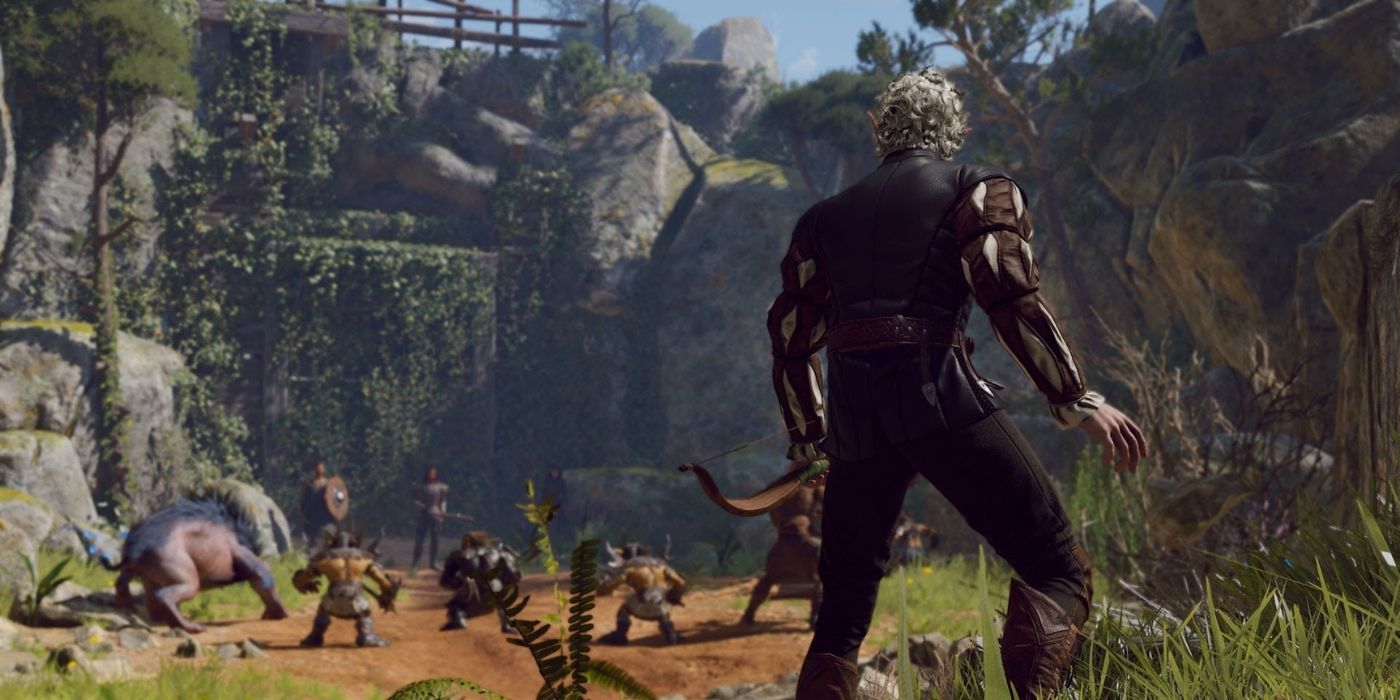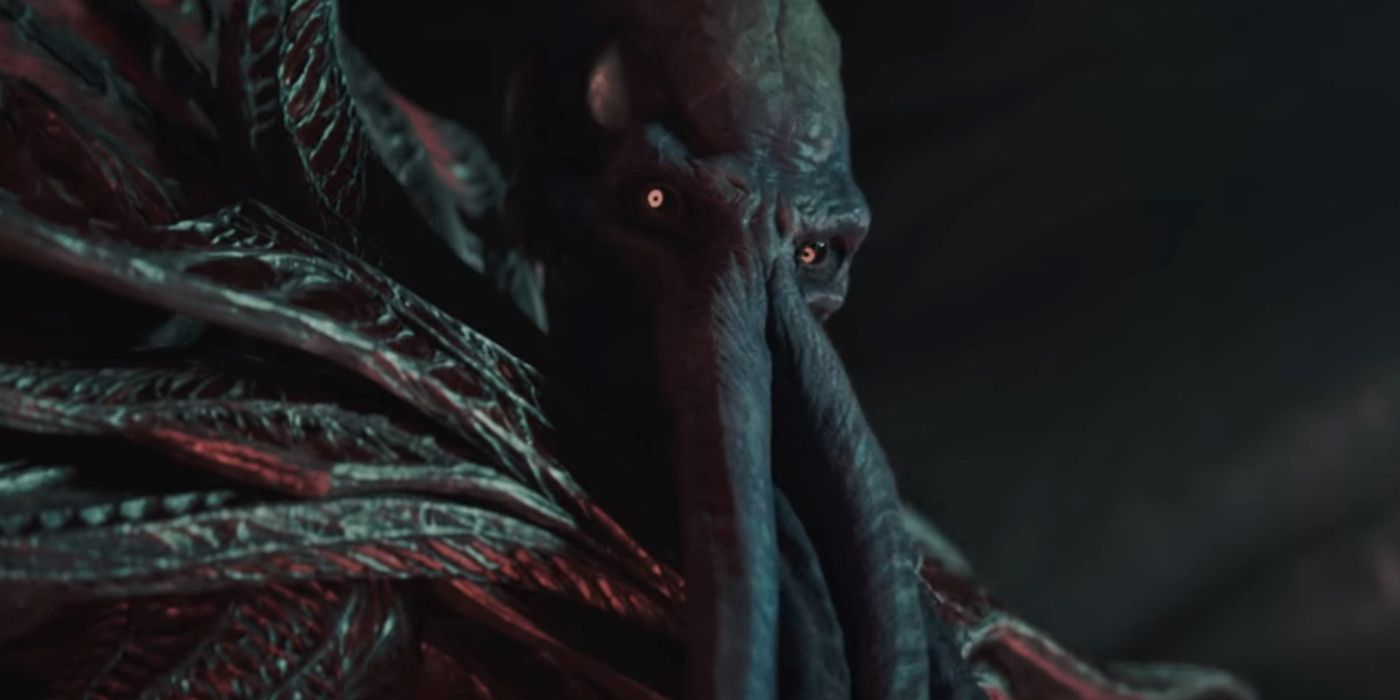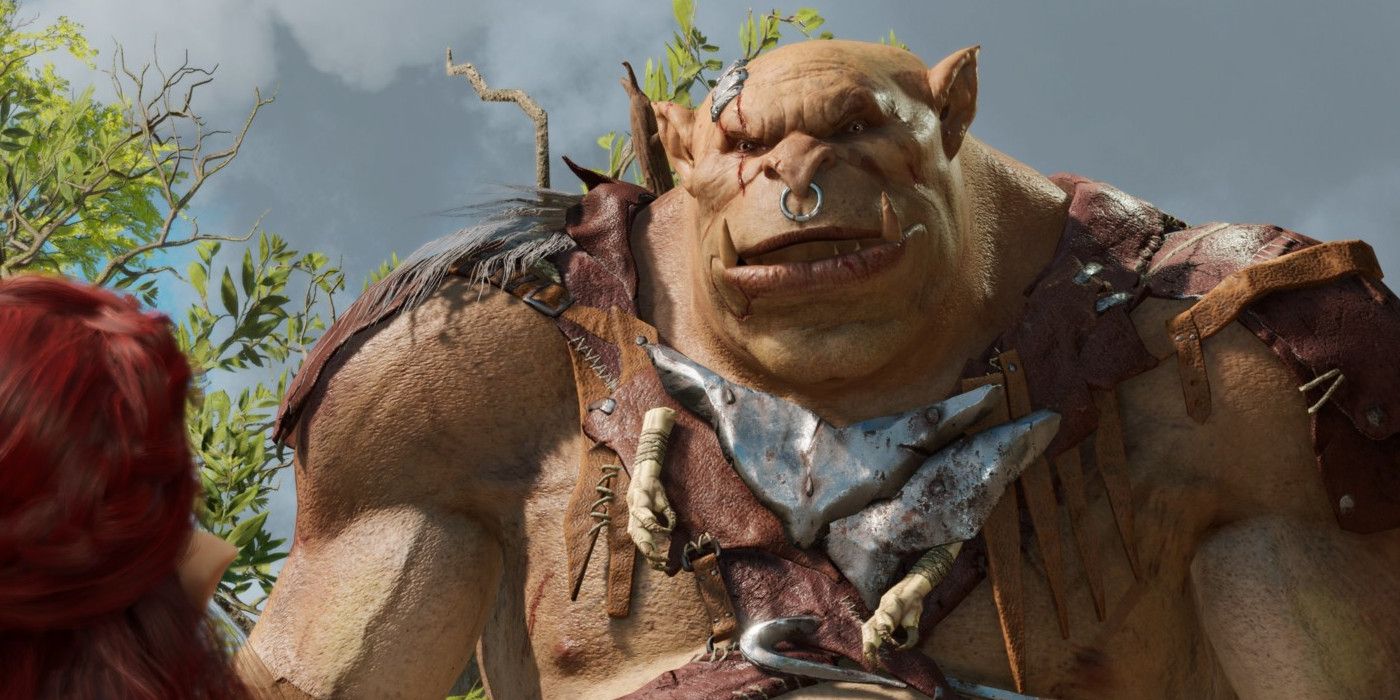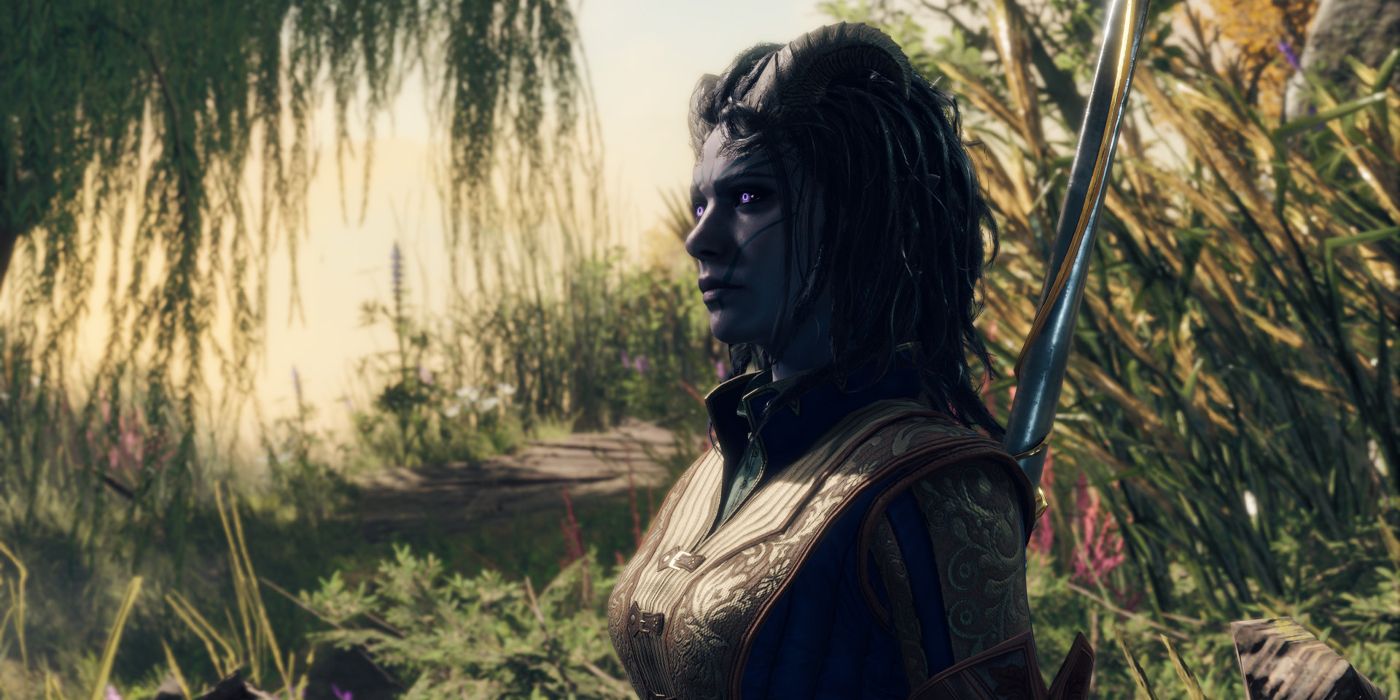
Baldur's Gate 3 is the most faithful video game adaptation of fifth edition Dungeons & Dragons to date. Though the title is still in early access, it's already managed to capture the feel of a DnD session in a way that few games have achieved. Combining epic stakes with massive sandboxes, Baldur's Gate 3 sets the bar for what a DnD game should be.
Dungeons and Dragons has been a cultural staple for almost 50 years, and many of the mechanics and tropes found in RPGs today can trace their roots back to the TTRPG. This has also made it difficult for DnD video games to stand out, because most of their competitors are already doing the same thing. Baldur's Gate 3 focuses on DnD's unique personality by shining a spotlight on its quirks.
RELATED: Where Baldur's Gate 3's Story Could Go with Wyll

By ditching the classic "Rats in my cellar!" intro quest from the original Baldur's Gate, Baldur's Gate 3 ratchets up the stakes from the very beginning. Some DnD games don't even feature dragons, and Baldur's Gate 3 delivers them mere seconds into the game.
The fact that this all takes place on a spaceship is also a critical component. It tells the audience from the get-go that Dungeons and Dragons can be far less predictable than it seems. Countless DnD games feel like they take place in a fantasy version of medieval Europe, and Baldur's Gate 3 sets itself apart from the crowd immediately.

Another huge triumph of Baldur's Gate 3 is its portrayal of DnD's most famous monsters. Fans of the TTRPG usually only get to see one or two drawings of these creatures in the Monster Manual, so seeing their gorgeously animated 3D models feels like a treat. The intellect devourers and mind flayers are especially impressive since they're rarely shown in DnD games, but even the ogres and goblins possess a lifelike heft.
Baldur's Gate 3 is also very selective about the monsters it shows on screen. Though there are a few creatures that appear in non-DnD games, most them are specific to the world of Dungeons and Dragons. Githyanki, myconids, bullettes, mind flayers, and tieflings all came from DnD, and it wouldn't be surprising if a beholder or umber hulk shows up in the full release. Fans are keenly aware that they aren't able to see these creatures in other RPGs, and Baldur's Gate 3 takes full advantage of the licensed monsters at its disposal.

Dungeons and Dragons video games have a tendency to force players into combat as often as they can. Baldur's Gate 3 does an excellent job of avoiding this pitfall by giving players a variety of ways to solve problems, including ones that are far from obvious.
The result is a game that feels like playing an actual session of DnD. Fifth edition Dungeons and Dragons emphasizes storytelling over wargaming, and Baldur's Gate 3 adapts to that shift. Larian Studios has done a great job of making Baldur's Gate 3's exploration and social encounters as much fun as its combat.
This is best demonstrated through the spells. Every single DnD game has ported over a version of Magic Missile or Fireball, but few have added Speak With Animals or Speak With the Dead. These details make it possible for Baldur's Gate 3 players to get away with shenanigans that would normally only be possible in the TTRPG.
Like any great Dungeon Master, Baldur's Gate 3 isn't afraid to let the game go off the rails. The story threads are always available, no matter how players get to them. That sense of freedom is a key component of playing DnD, and one that future adaptations should strive for.
Baldur's Gate 3 is available in early access now for PC and Stadia.

